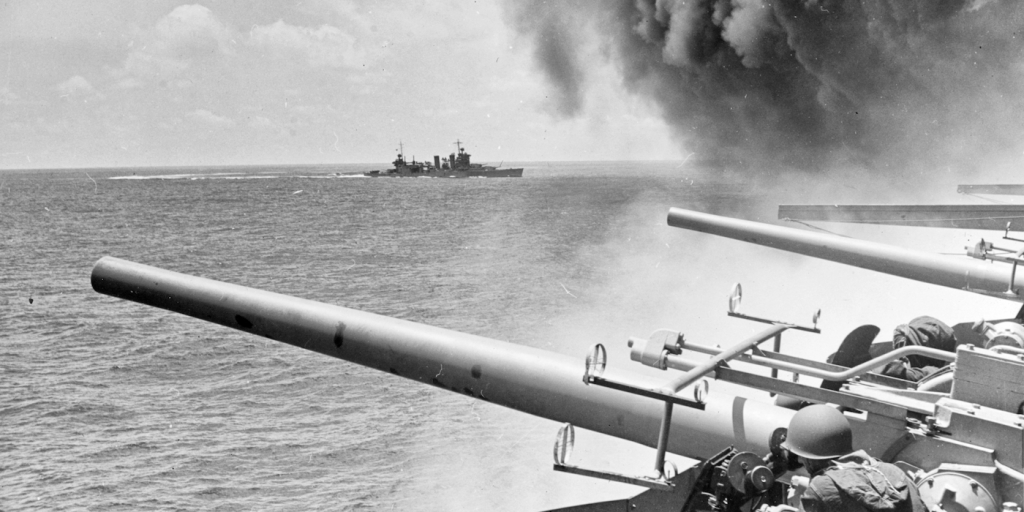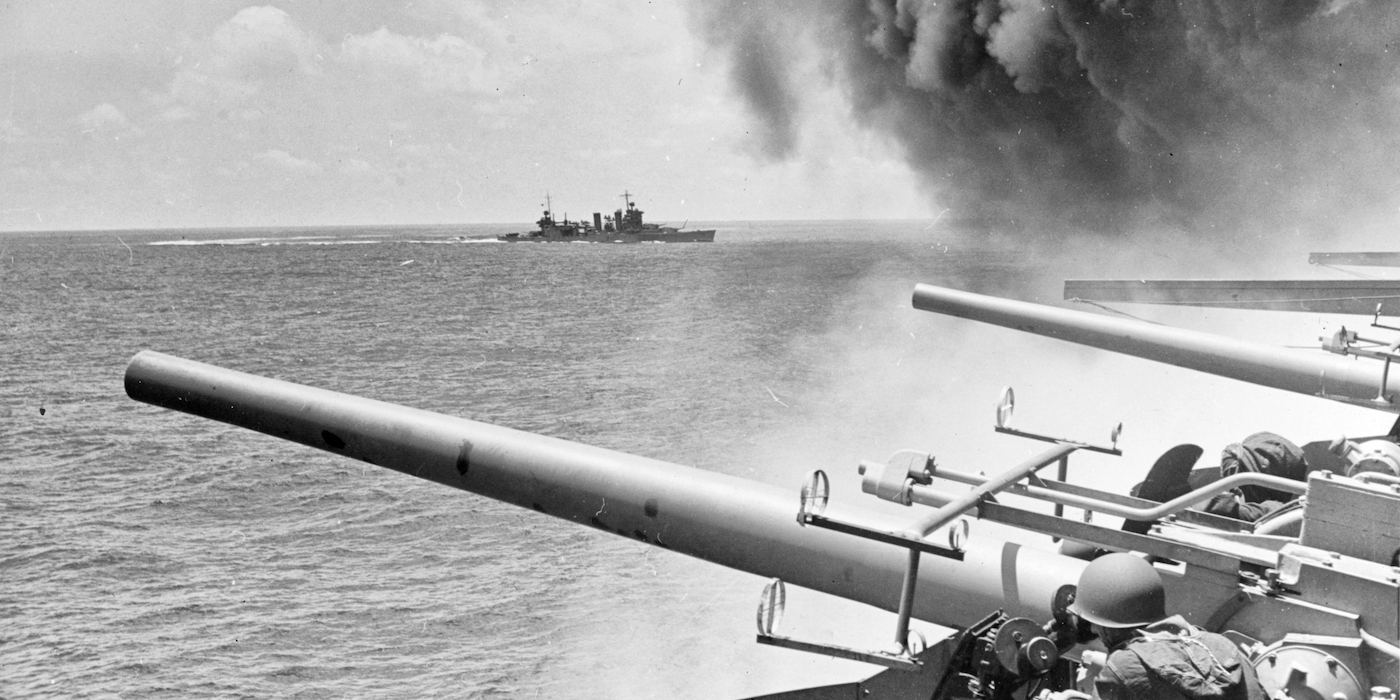
US Navy via AP
- The Battle of Midway between the US and Japanese navies began on June 4, 1942.
- The three-day battle was a decisive defeat for the Japanese and turned the tide of the war.
- Now, 79 years later, the battle still holds lessons, and China in particular has studied it closely.
- See more stories on Insider's business page.
On June 4, 1942, the US and Imperial Japanese navies faced off a few hundred miles from Midway Atoll in the central Pacific Ocean.
Over the next three days of fighting, Japan lost four fleet carriers and one heavy cruiser, some 250 aircraft, and over 3,000 sailors and naval aviators.
US casualties were light in comparison: one carrier and one destroyer sunk, 144 aircraft shot down or destroyed, and about 362 sailors and aviators killed.
It was one of the most decisive battles in history and one of the most important of World War II. The Japanese would never recover from the loss of so many of their best carriers and pilots. The US Navy had effectively turned the tide of the war in the Pacific.
The US Navy learned many lessons from the battle that helped win the war. Even now, 79 years later, the battle is still studied extensively – including by China.
Luring out American carriers
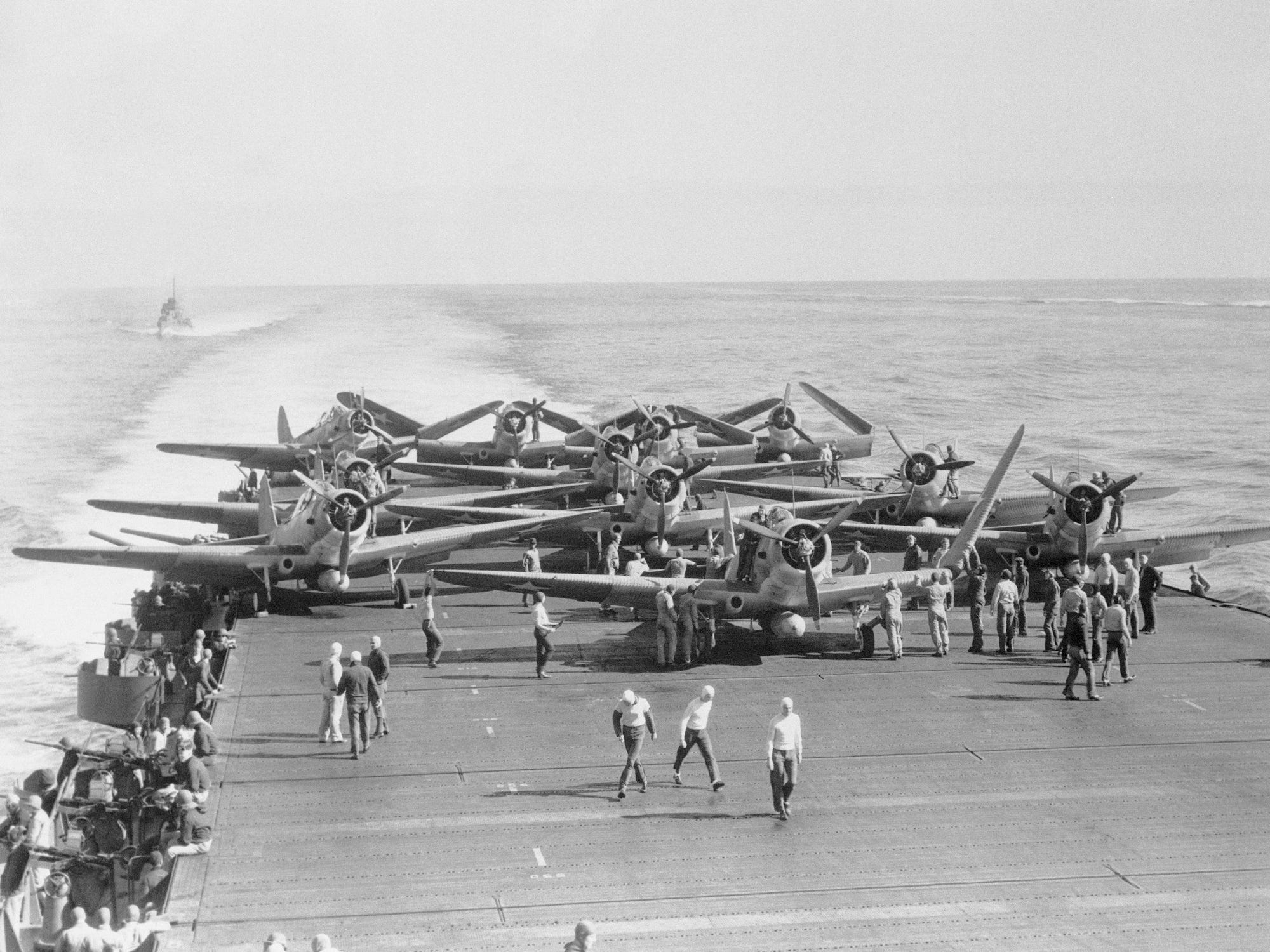
Bettmann/Getty Images
The Battle of Midway was an attempt by the Japanese Navy to lure out and destroy the remaining American carriers, effectively ensuring Japanese control of the Pacific.
At the time, all of the US Pacific Fleet's battleships had either been sunk or put out of action by the attack on Pearl Harbor, and the British Royal Navy had been dealt a devastating blow when the battleship Prince of Wales and battlecruiser Repulse were sunk a few days later.
The only thing standing between the Allies and the Japanese Navy were the American aircraft carriers, which, by chance, weren't at Pearl Harbor during the attack.
Those carriers quickly proved their worth.
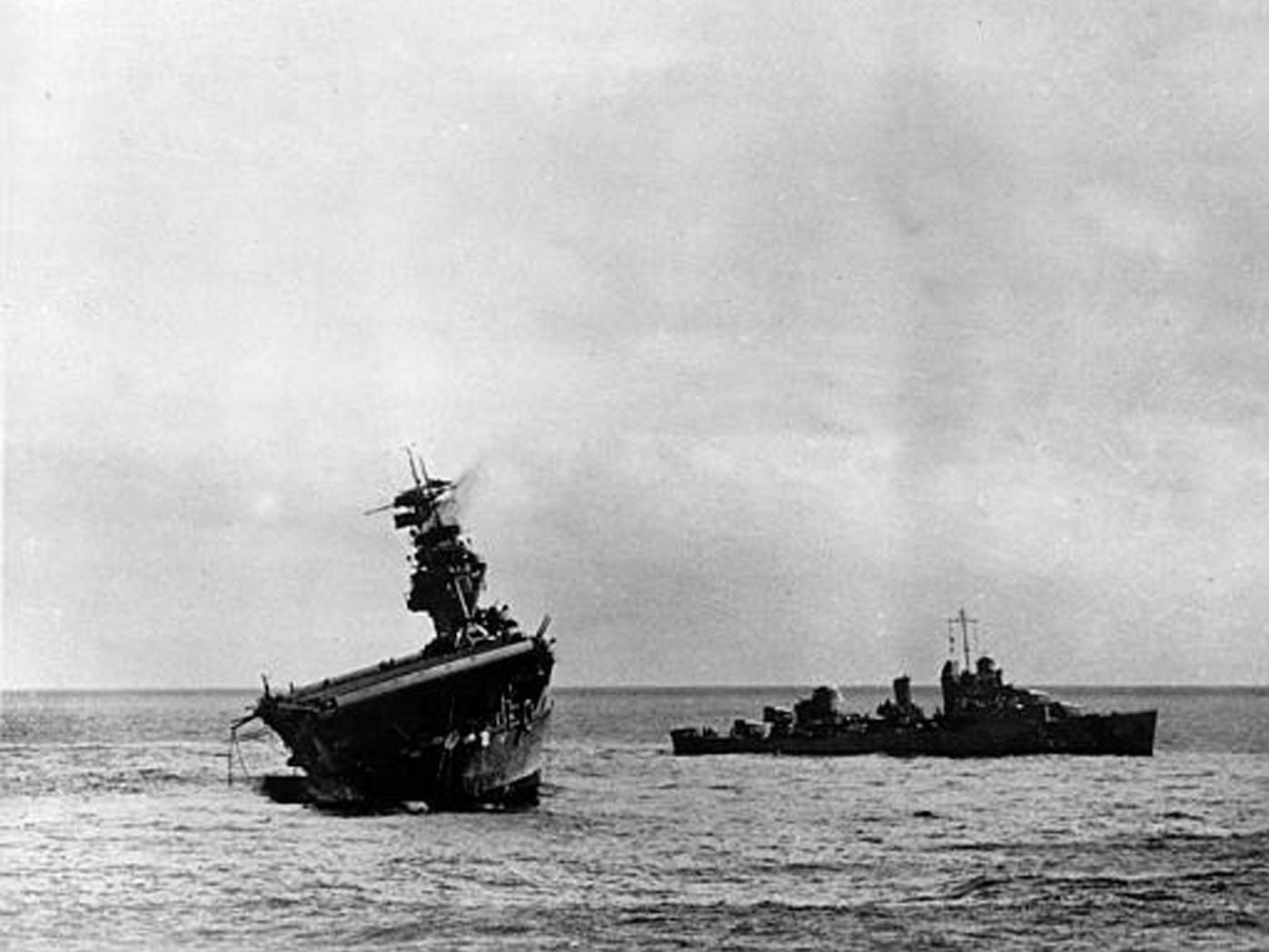
US Navy via AP
On April 18, the Doolittle Raid bombers took off from American carriers and struck Tokyo, causing little overall damage but delivering a morale boost and a warning to Japan.
About a month later, two American carriers at the Battle of the Coral Sea fended off an invasion of Port Moresby, though at the cost of one carrier sunk and one damaged.
The Japanese sent a massive invasion force to Midway, including six carriers, seven battleships, 10 submarines, 15 cruisers, and 42 destroyers. At its heart were the four fleet carriers and their escorts, which were supposed to destroy the US carriers and clear the way for the invasion.
But the battle proved to be a disaster for the Japanese, and Midway remained in American hands.
Chinese lessons
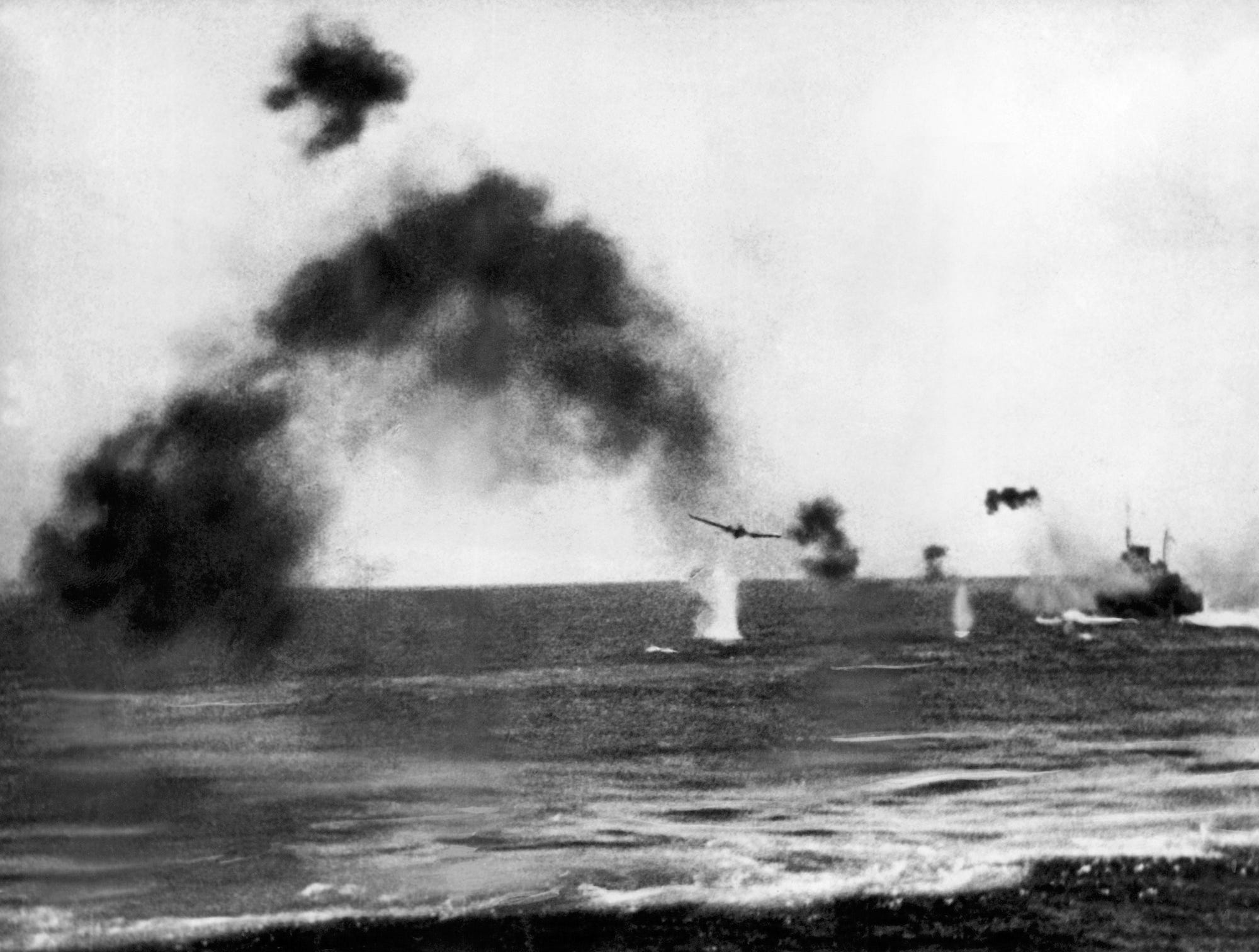
Underwood Archives/Getty Images
Though China wasn't involved in the battle, Chinese military analysts today have taken a keen interest in it and have written about a number of lessons from the battle.
The first is the value of intelligence. The US had successfully cracked the Japanese naval code before the battle and, with the help of an intelligence operation, were fully aware that the Japanese were planning an invasion of Midway.
The warning allowed the US to prepare the island with more aircraft and send its three carriers. The Americans were thus able to confront the Japanese on equal footing.
The Japanese also incorrectly assumed that the aircraft carrier USS Yorktown, which was damaged at the Battle of the Coral Sea, would be unable to fight. The US Navy, however, had made Yorktown's repair a top priority.
During the battle, surveillance and reconnaissance failures led Japanese aircraft to attack the Yorktown a second time after it had already been heavily damaged. After the second attack, the Japanese believed they had knocked two American carriers out of action when they had only attacked one.
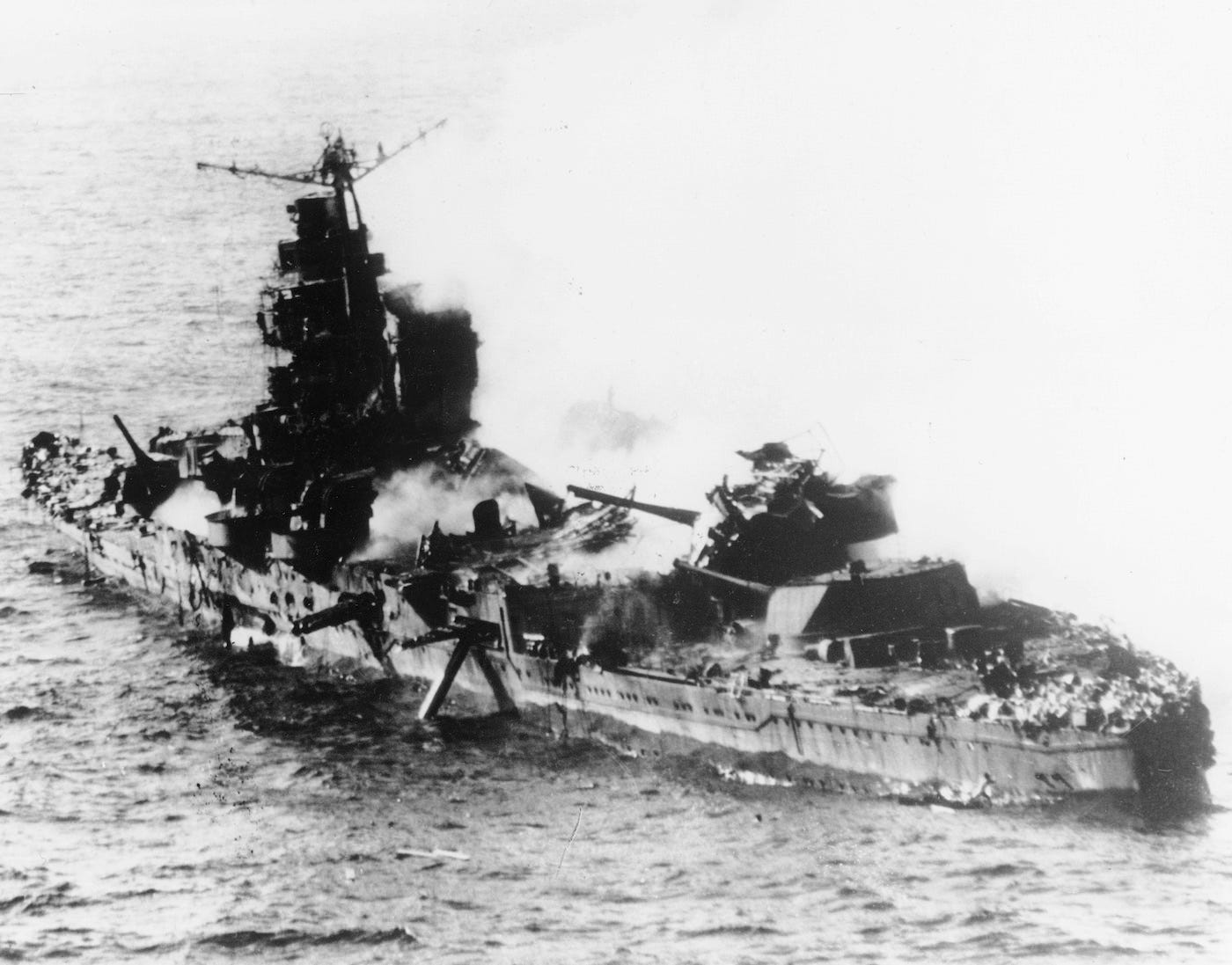
AP Photo
The Chinese believed that an overemphasis on battleships helped lead to Japan's defeat. Though the Japanese had seven battleships, only two saw action during the battle, with the other five remaining with the invasion fleet.
The battleships could have played a decisive role as escorts for Japan's carriers and possibly could have shot down more American aircraft. US battleships almost always sailed with fleet carriers when they were available in the theater, and they proved to be efficient aircraft killers.
The Chinese also believe that the Japanese failed to use their submarines effectively, noting that only one was actually in position near Midway. That Japanese submarine, I-168, managed to sink the wounded Yorktown and one of its escorts, the destroyer USS Hammann.
Chinese analysts also view Japan's decision to order its carriers to both destroy the American carriers and support the ground invasion with airstrikes as a mistake, as it gave the carriers two separate missions at the same time.
Finally, the Chinese conclude that an attack on Midway was an excessive risk. Without land-based air cover, the Japanese were actually fighting on equal footing with the Americans, who had land-based airpower in addition to three fleet carriers.
Lessons from the war
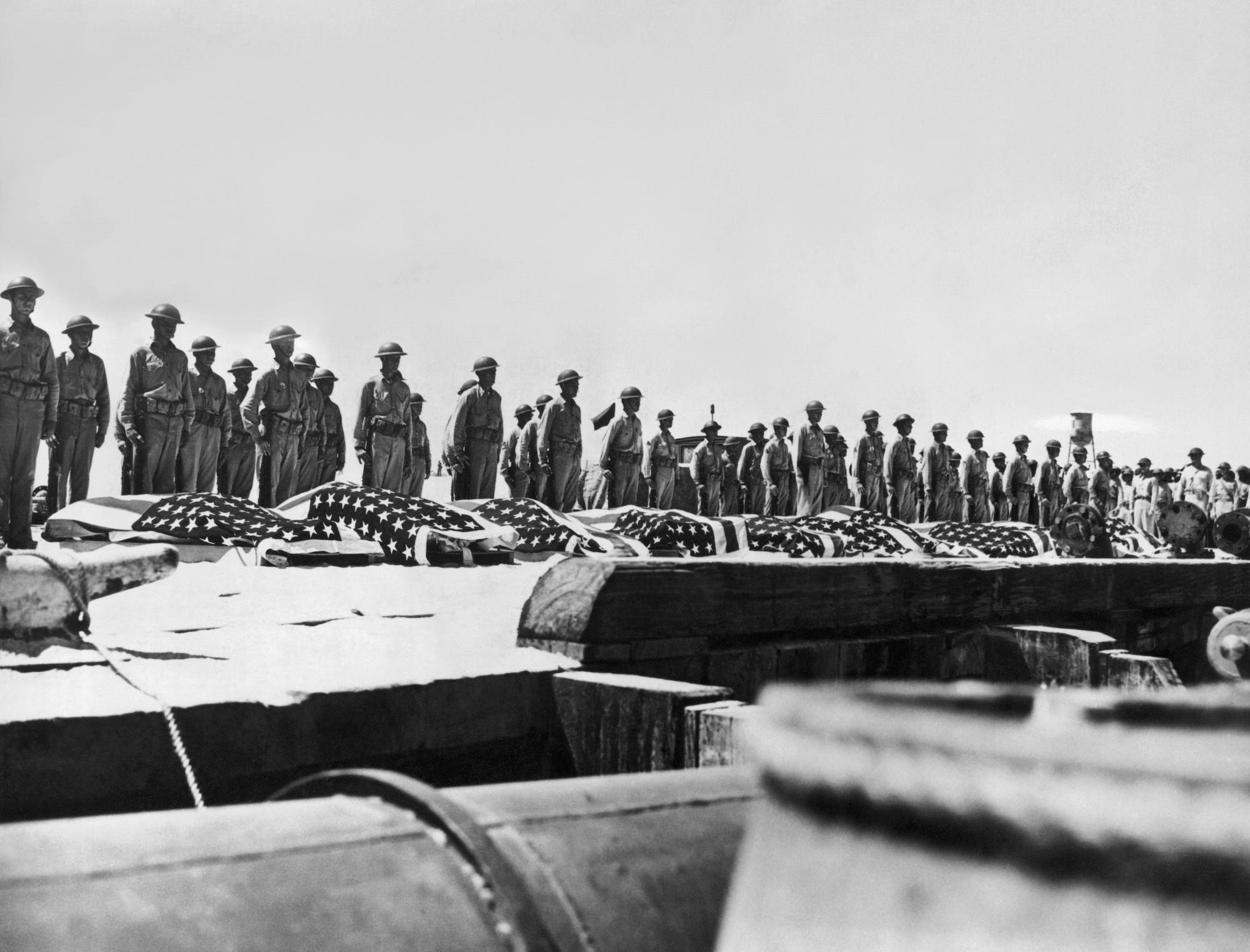
Underwood Archives/Getty Images
Chinese analysts note other failures of the Japanese during the war itself. Infighting and rivalries between the Japanese military branches were a significant problem, for instance.
Additionally, the failure to destroy Pearl Harbor's oil tanks and ship-repair facilities on December 7 was disastrous for Japan's overall war effort. Of the eight battleships sunk or damaged, only three - Arizona, Oklahoma, and Utah, which was actually a target ship - were permanently lost.
The remaining five battleships were repaired and eventually saw combat. The Navy was also able to salvage valuable weapons and material from ships damaged at Pearl Harbor.
Today, however, a similar fight between the US and Chinese navies would likely play out much differently.
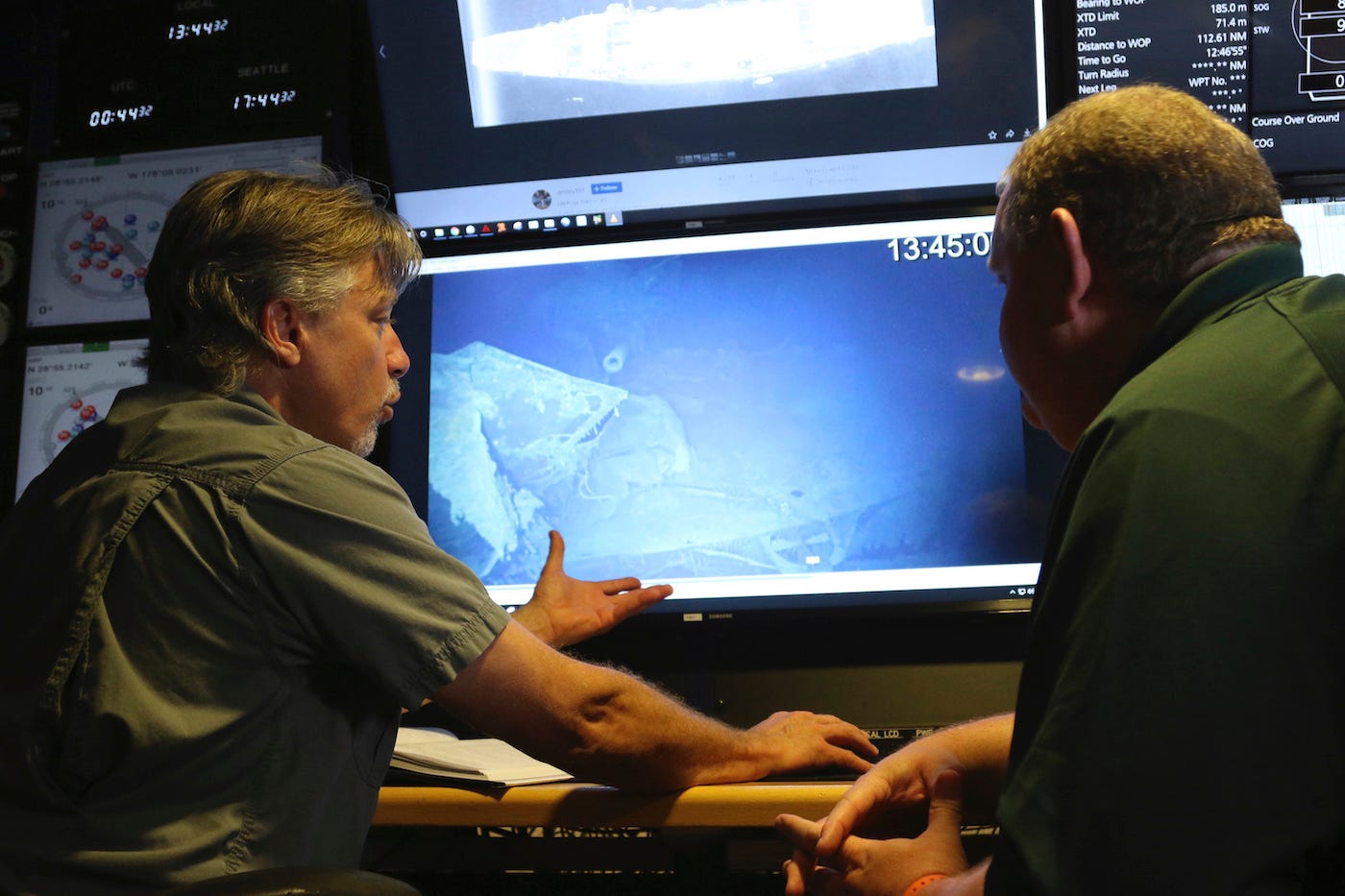
AP Photo/Caleb Jones
Longer-range weapons would increase the distance over which both sides' could operate. Anti-ship missiles in particular have raised the stakes for surface ships and added to the importance of airpower and submarines. Satellites have also made it harder for navies to hide.
Moreover, China would be in a much different position than Japan.
While Japan never recovered from losing four of its best fleet carriers, China has in recent years proved itself a highly capable shipbuilder, albeit in peacetime. (By the end of World War II, the US had built another 28 fleet carriers and 71 smaller escort carriers.)
With China's navy now the largest in the world and its relationship with the US tense, it makes sense for the Chinese to study one of history's greatest naval battles, even if times have changed.
